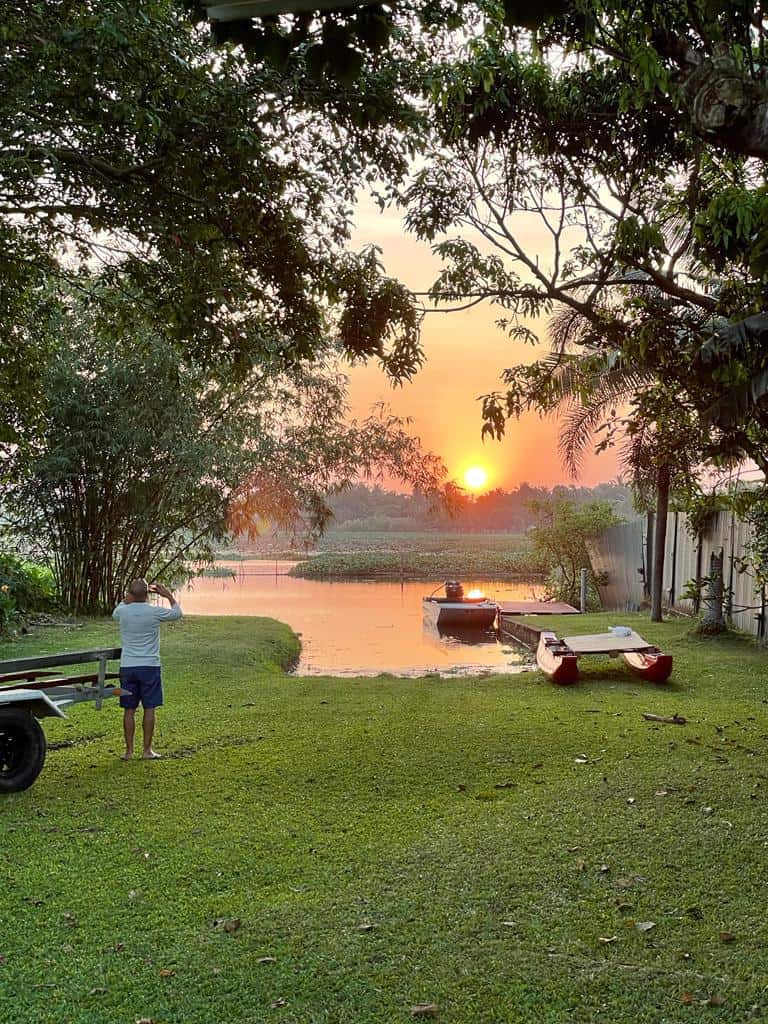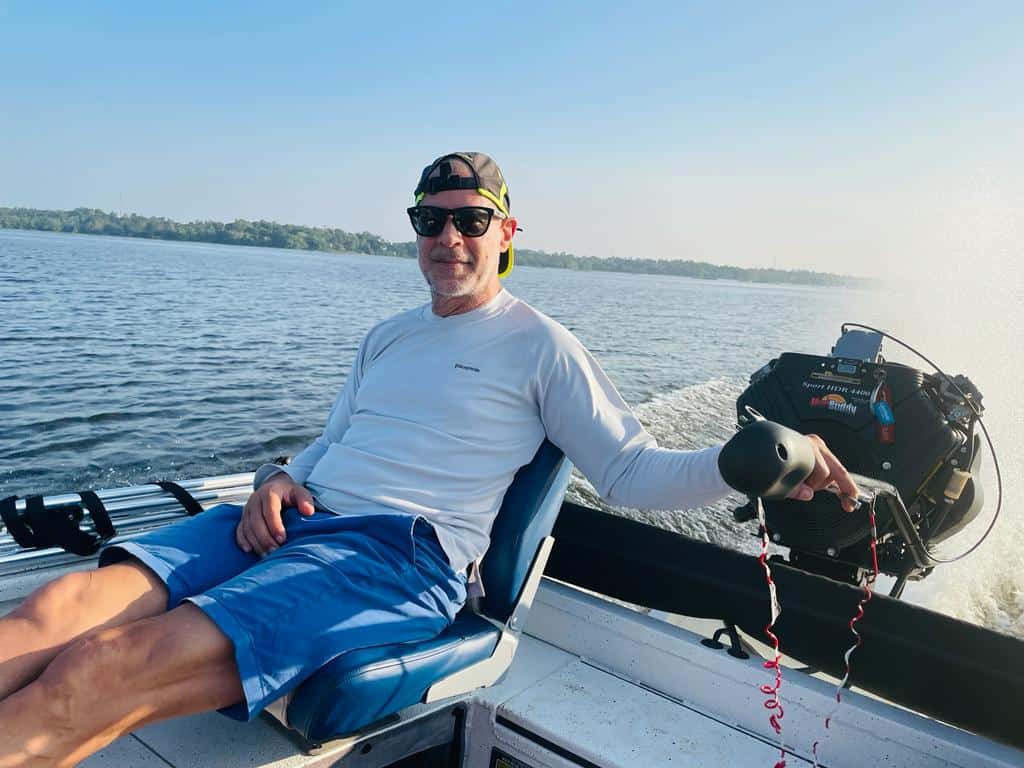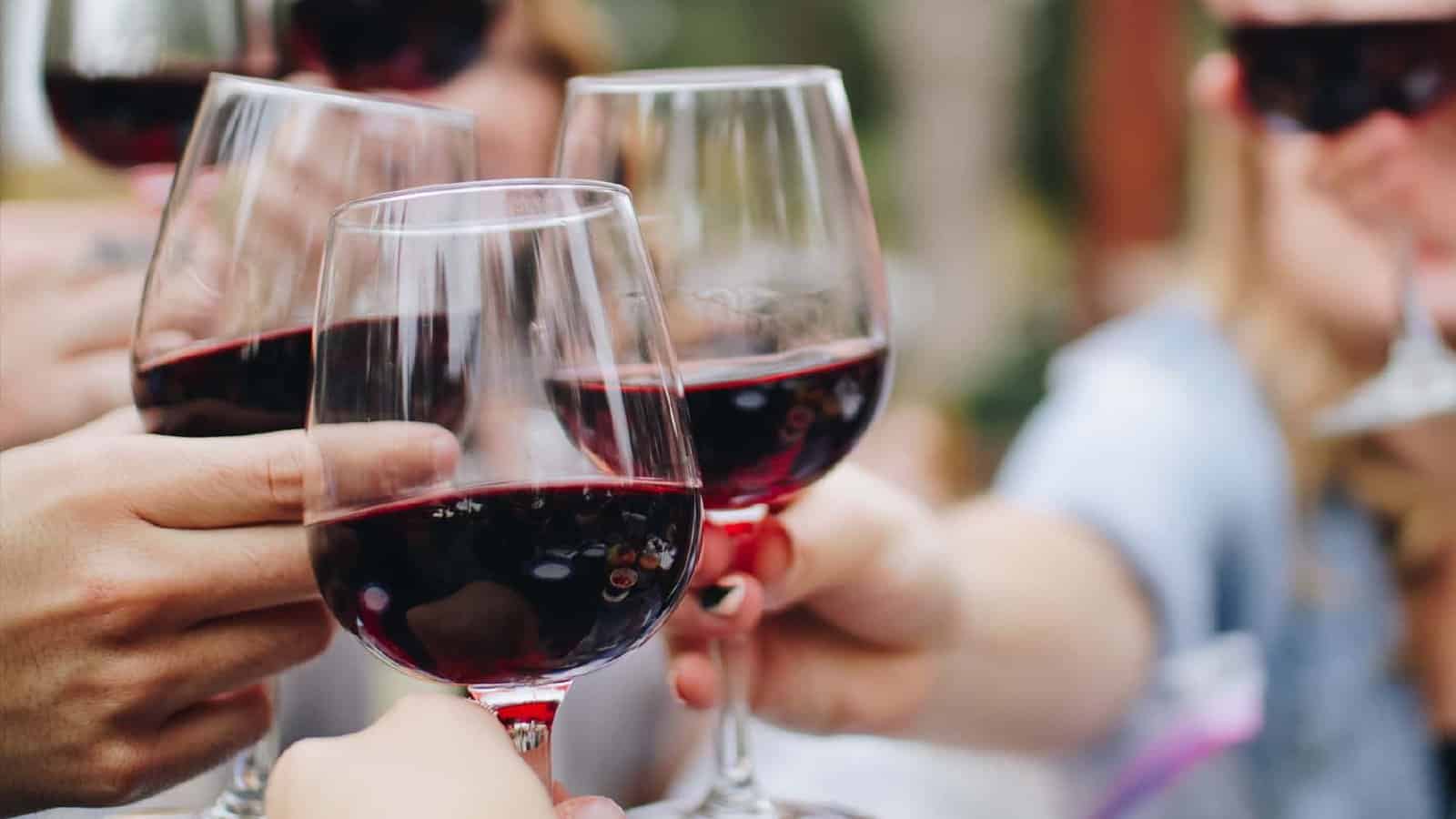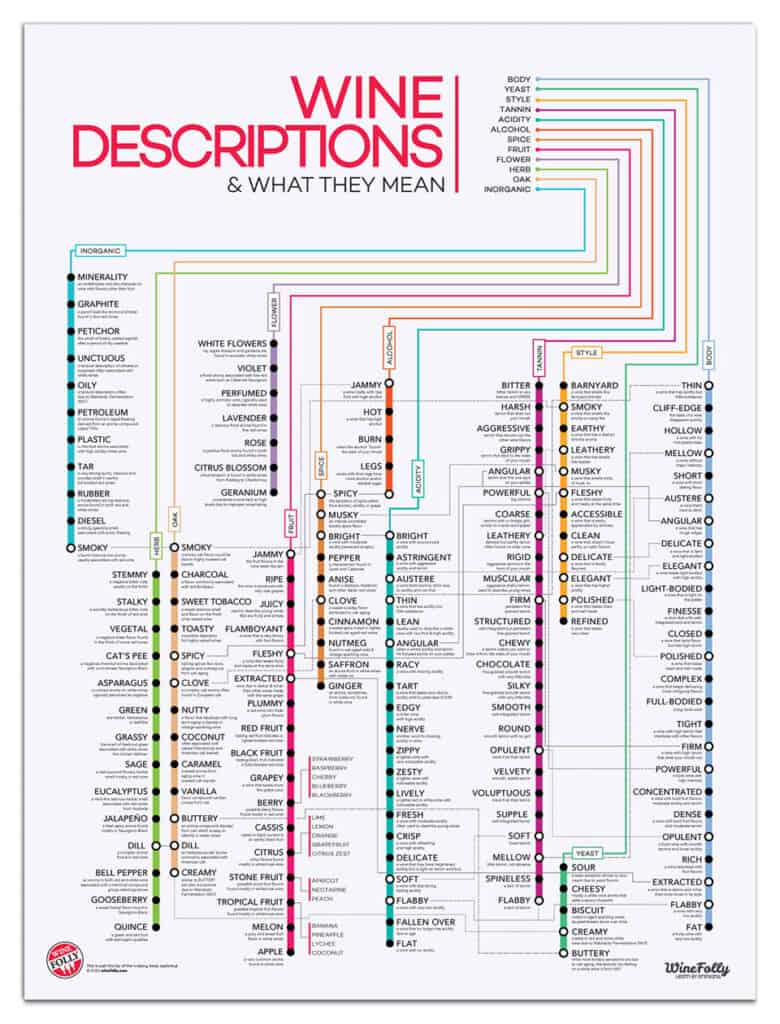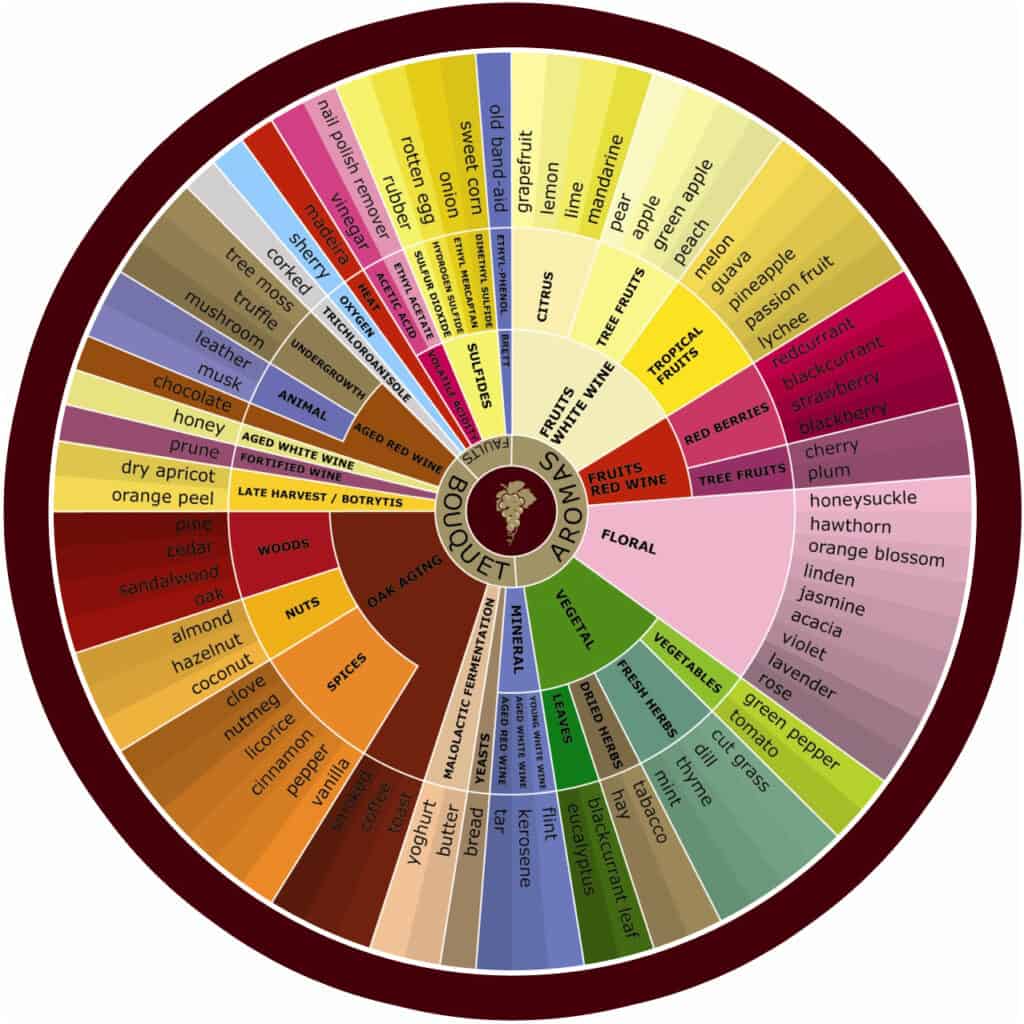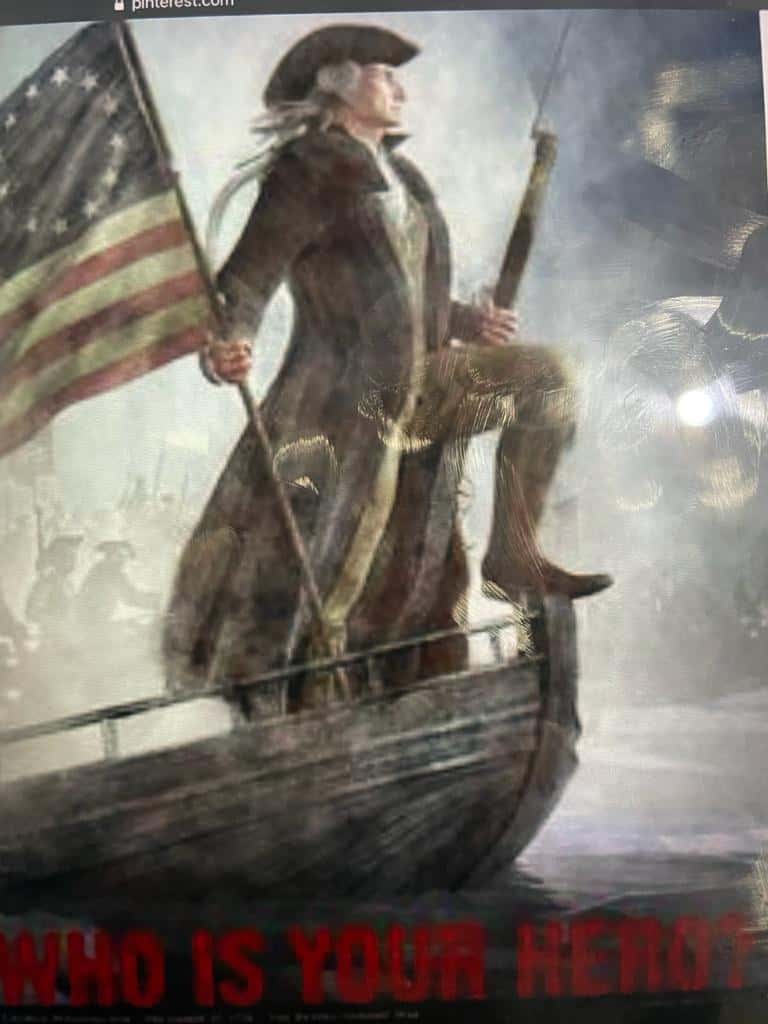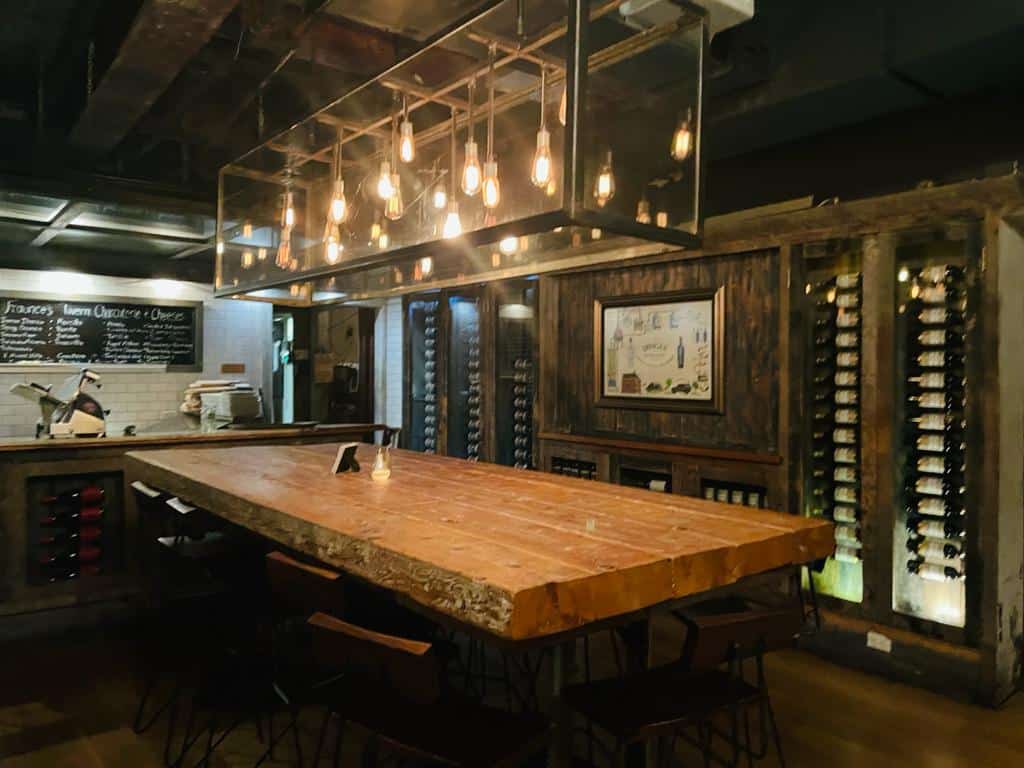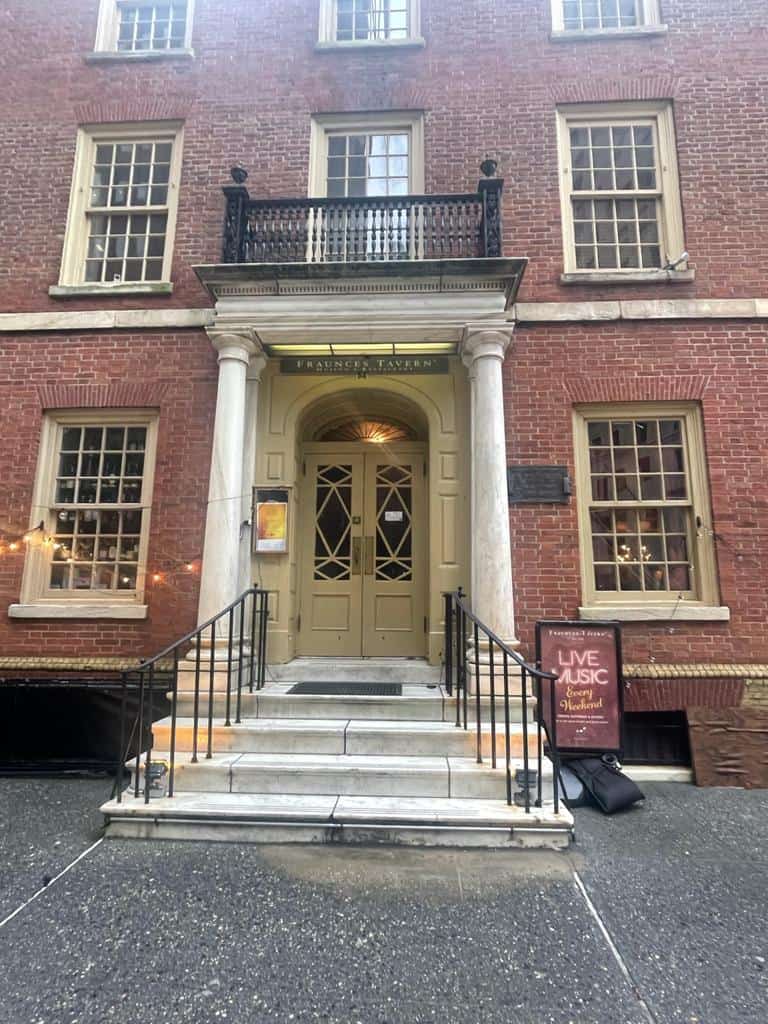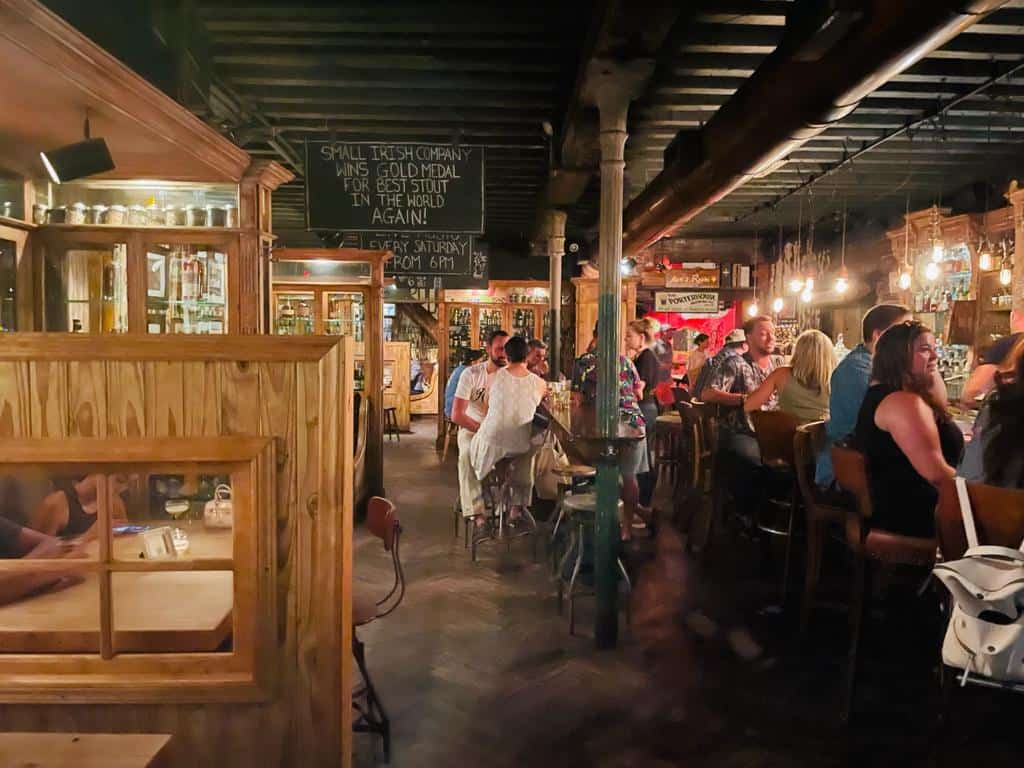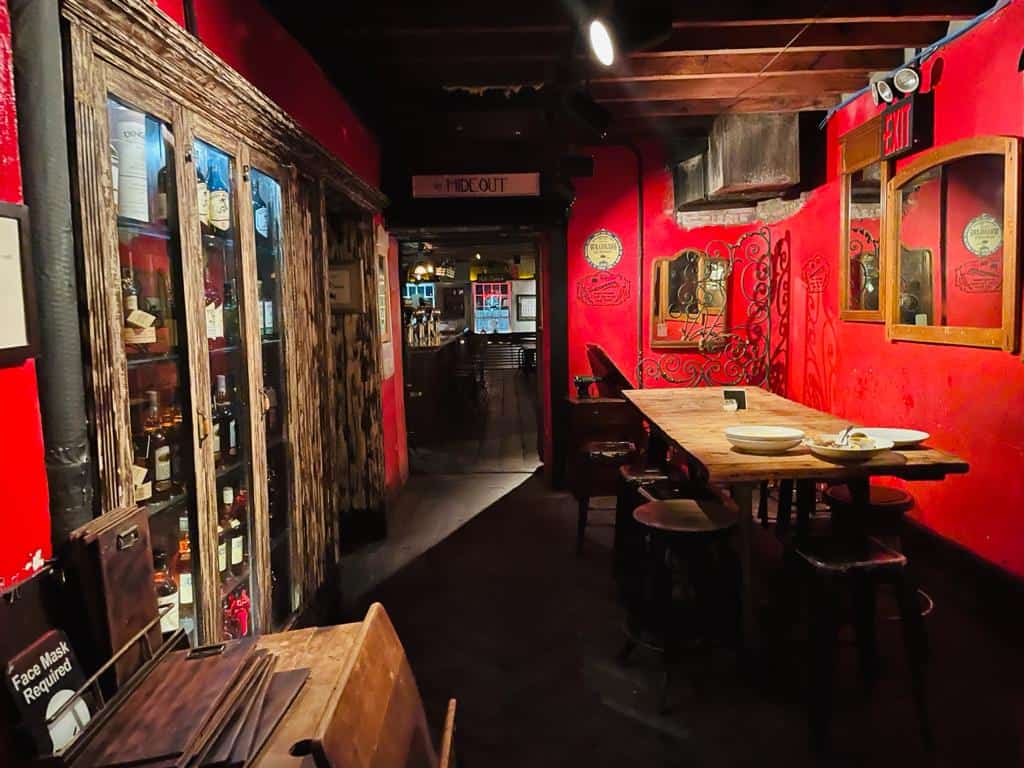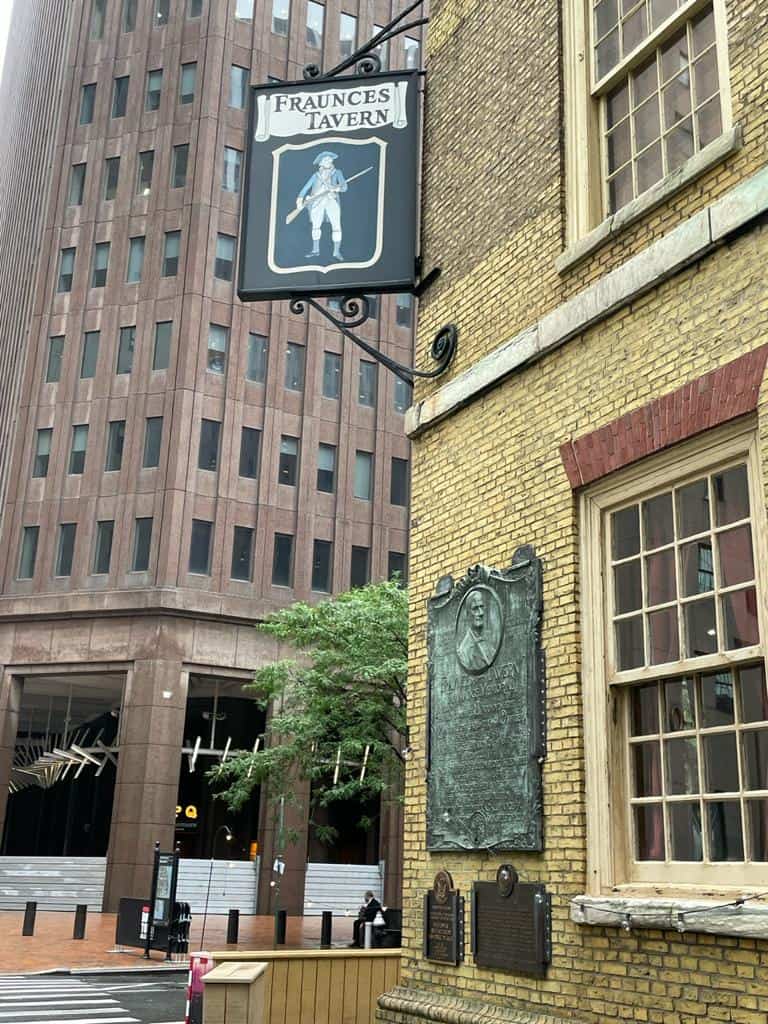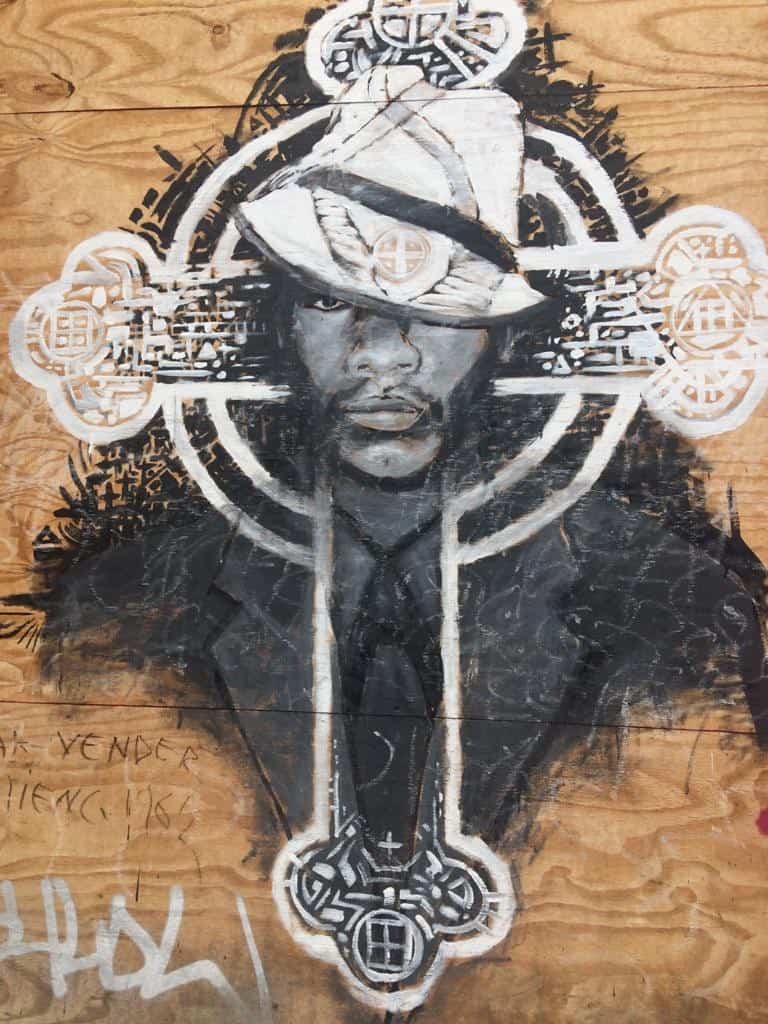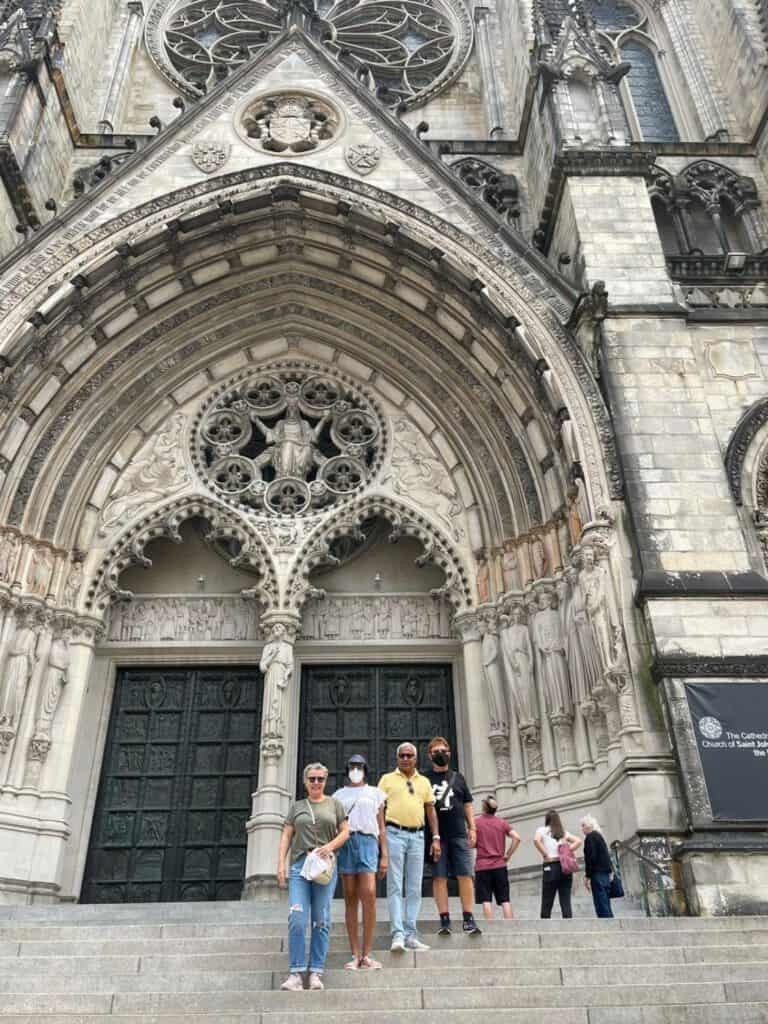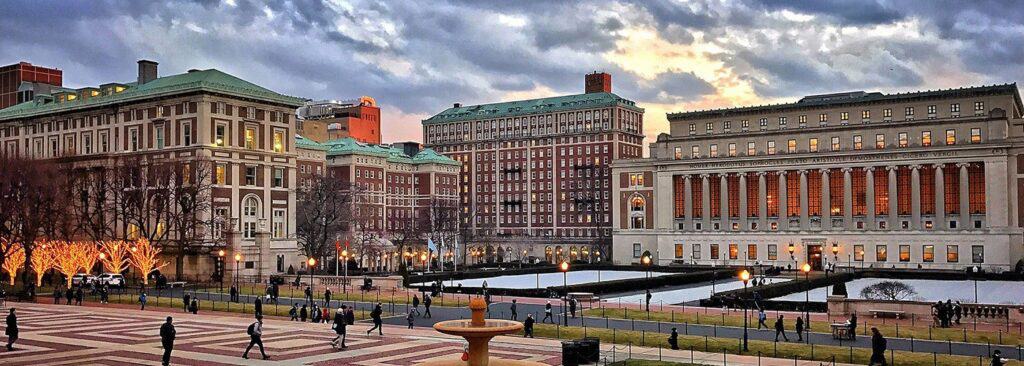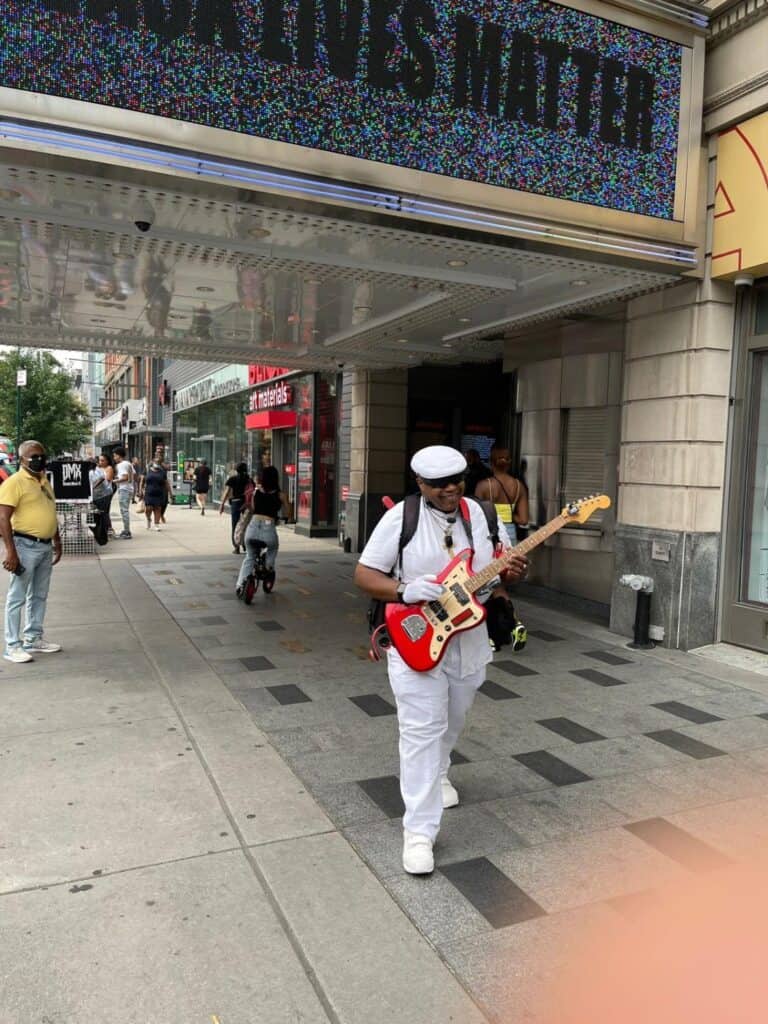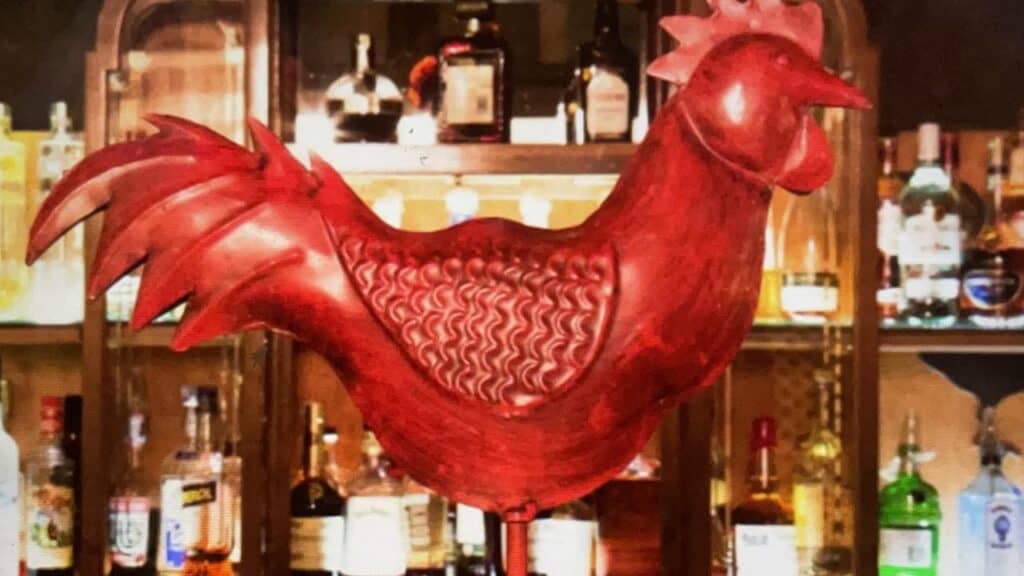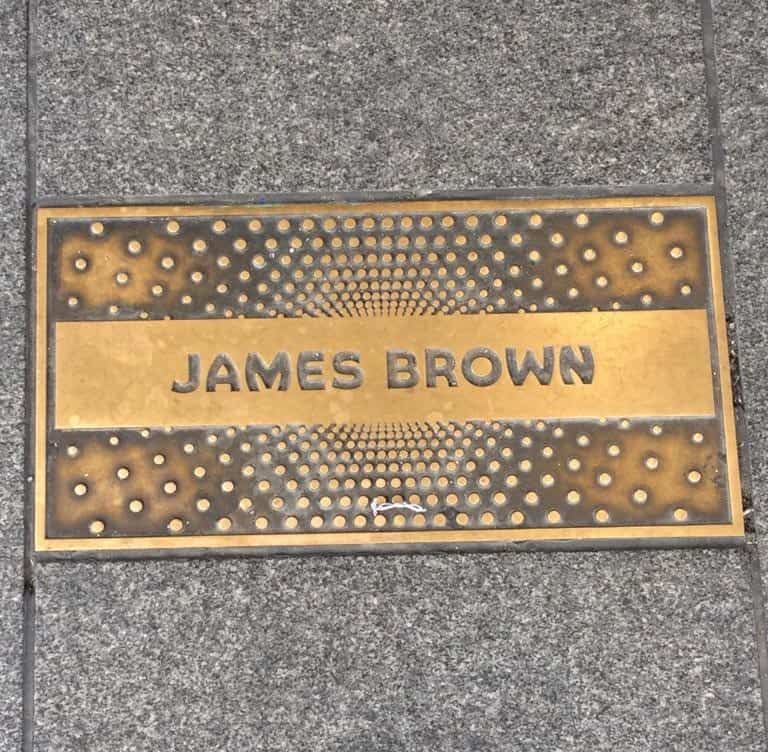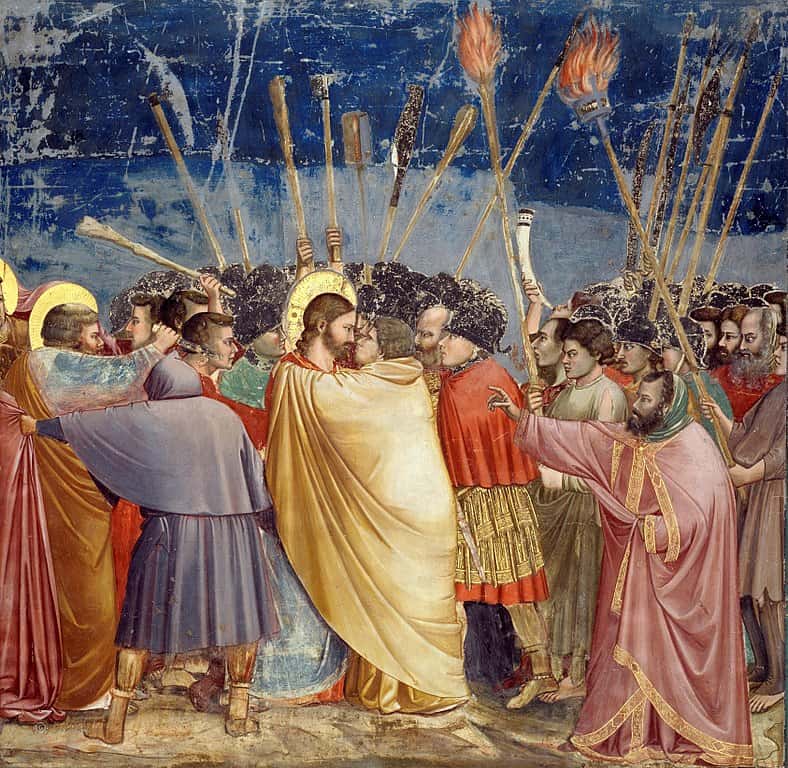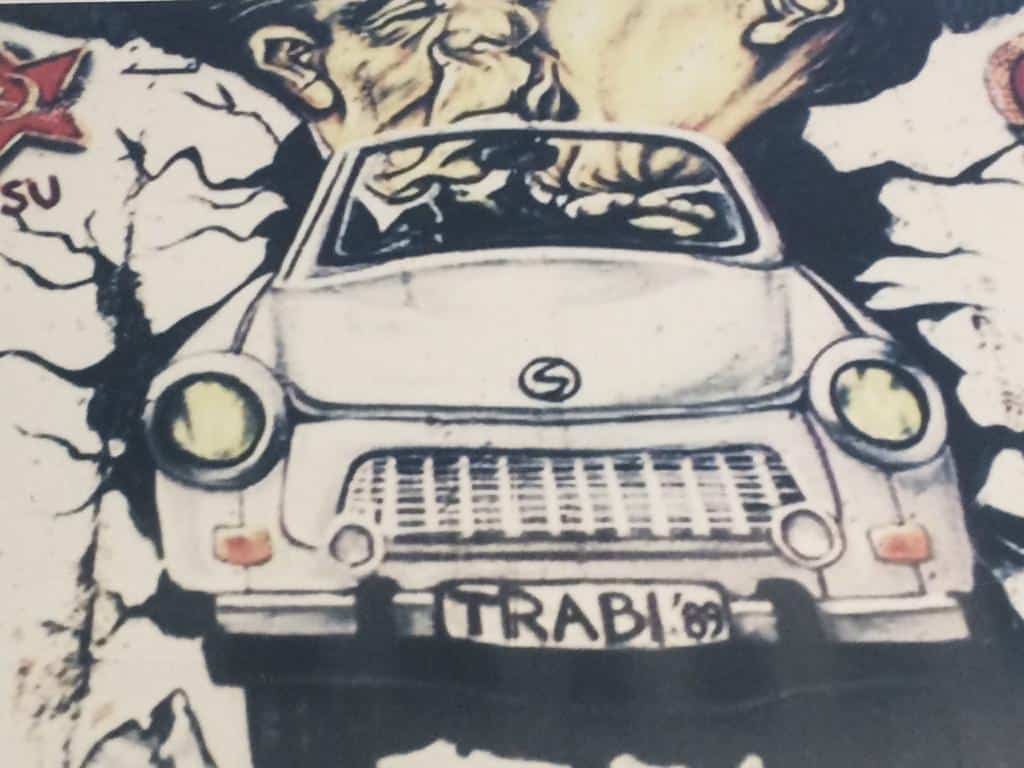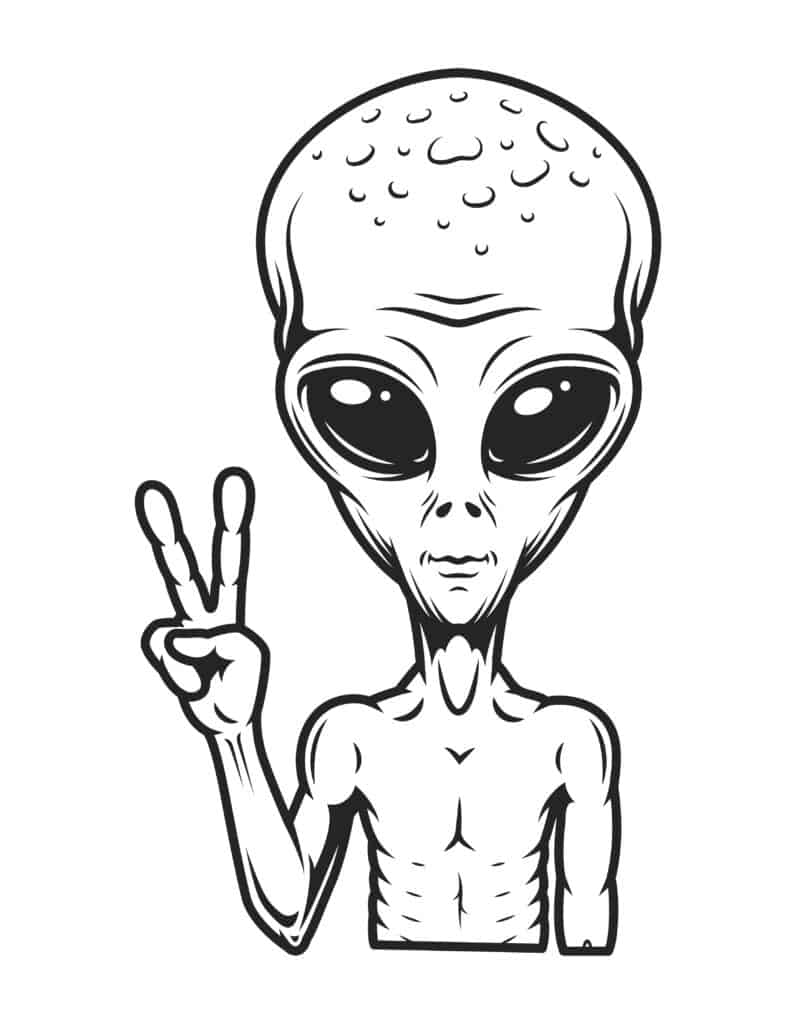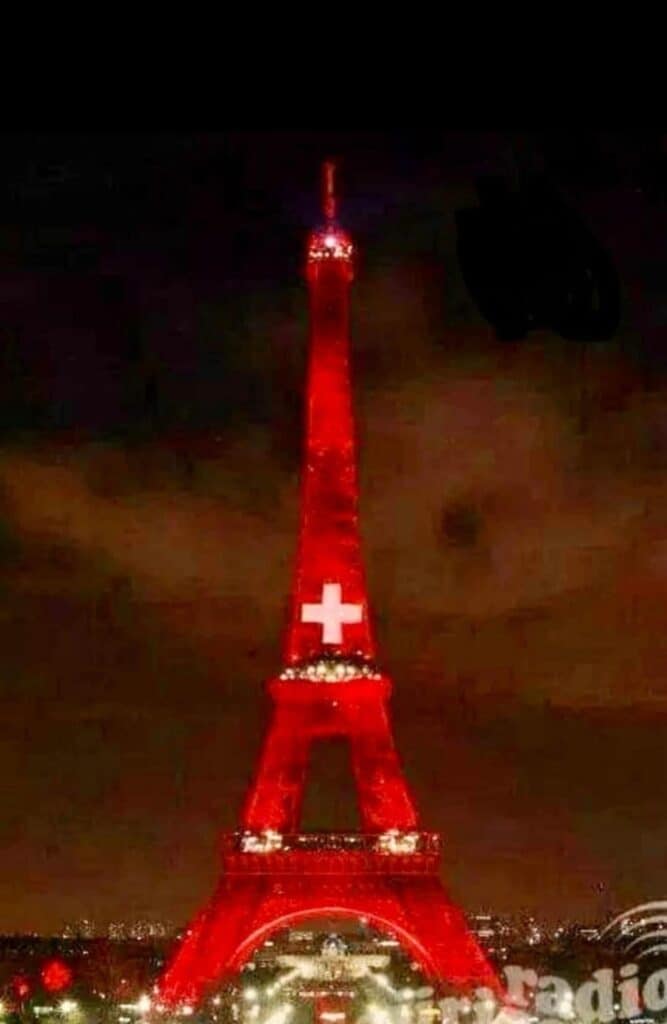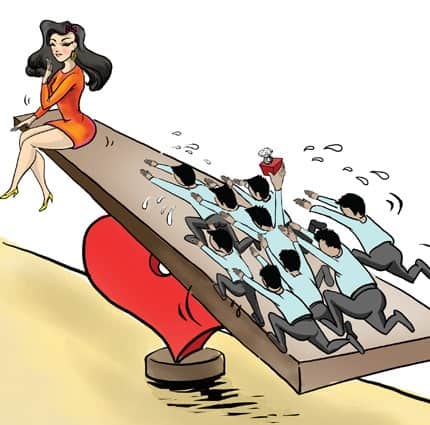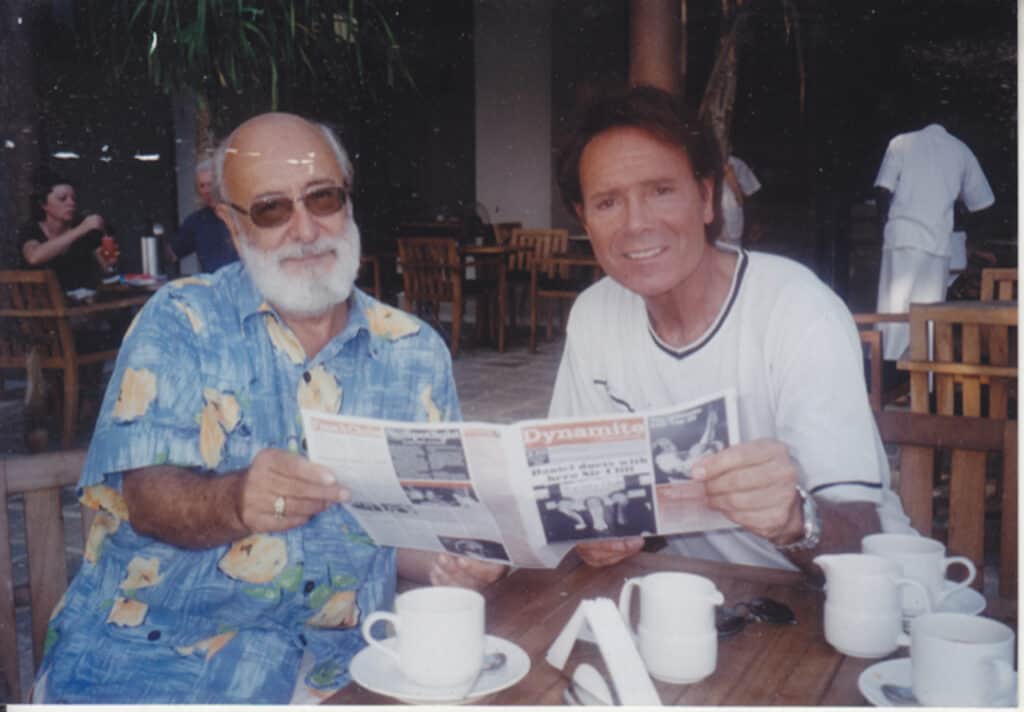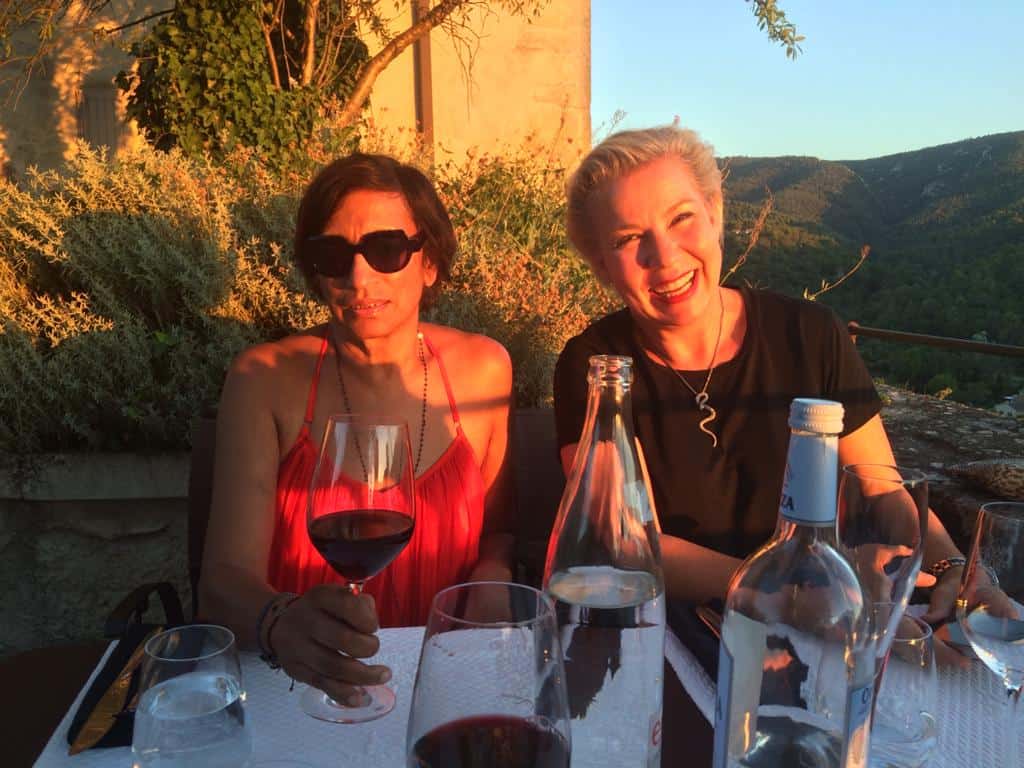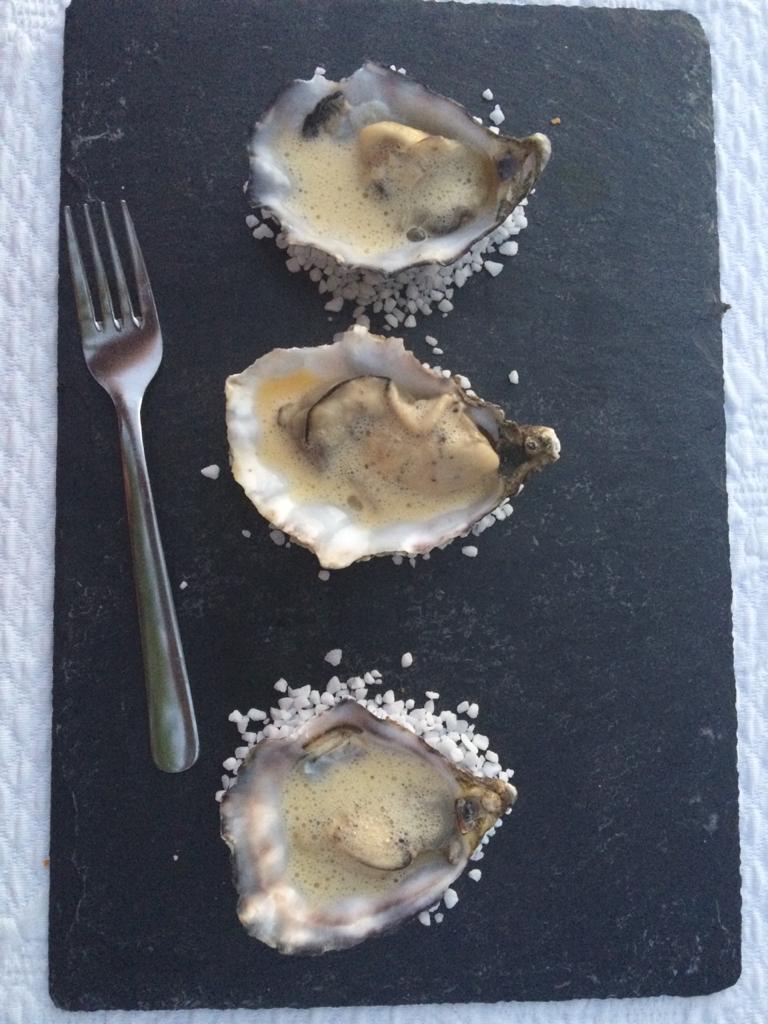I had the opportunity to revisit Bolgoda after four years and all the amazing experiences of my previous times on the lake came back. My host Riato Zryd pushed the American swamp boat through the over grown green weed as the aluminum boat skimmed the surface driven by a high performance Harley Davison surface drive engine. The owner avoids the fishermen’s nets and prawn farms but packs some speed. I have never had such a full tour of the lake, with many rivers flowing into it. An aerial view of the lake looks like the outline of Fred Flintstone on a broom stick.
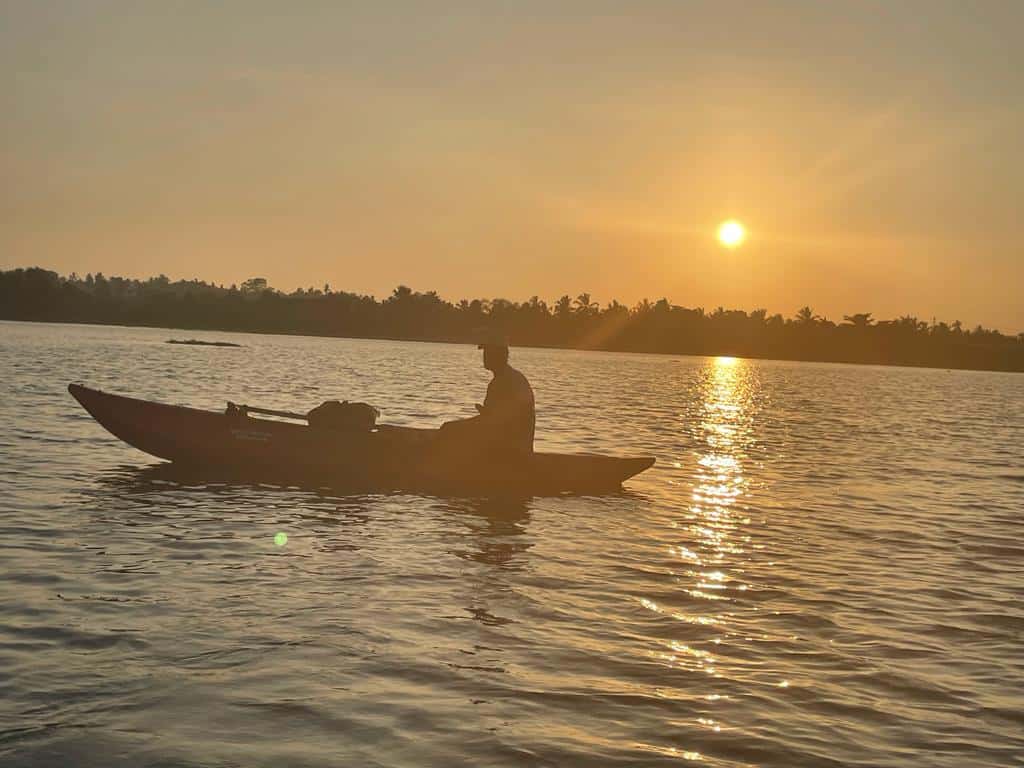
Bolgoda is presumed by some to be the largest natural lake on the island with some 374 sq. kilometers, situated 19 kilometers south of Colombo. Its water, coming from the many rivers is partly fresh but becomes more brackish and can be as deep as 50 feet in a few places, though most of the lake is shallower. It has mangroves and the dreaded weed ‘Diya Habala’, which asphyxiates the lake’s natural fauna and flora including mangroves. The British are blamed for this weed which is said to have been imported from abroad and used in rivers and estuaries during World War Two as a way to confuse potential aerial invaders. From 1624 to 1798 the Dutch used the lake and its tributaries to transport goods. The British during their occupation used it as a playground for boating and hunting.
The Ceylon Yacht Club was established there in 1936 and today has a stunning building in a great location, which is sadly totally underutilized. I did publish an article about my experience at the Yacht club which I finally joined, having been black balled twice by one member of the club but now a friend, a reflection of living on a small island. I had bought a sailing boat called the “Tit Willow” from Paul Bishop In 2006. The wooden boat was built in the early 1960s and won many victories with its owner, David Blackler (who died recently), at its helm. Not being a member back then, I took the boat to Kalpitiya to sail it at our lagoon location. Once I gained my membership the boat was brought back and refurbished at the Yacht Club. It was then relaunched at a Pimms party by the lake and launched a new race with a cup, called the “Tit Willow very Challenged Cup”, which was unofficially a creation of my sailing buddy Collin. The concept being Tit Willow was allowed to win by other sailors holding back before the winning post.
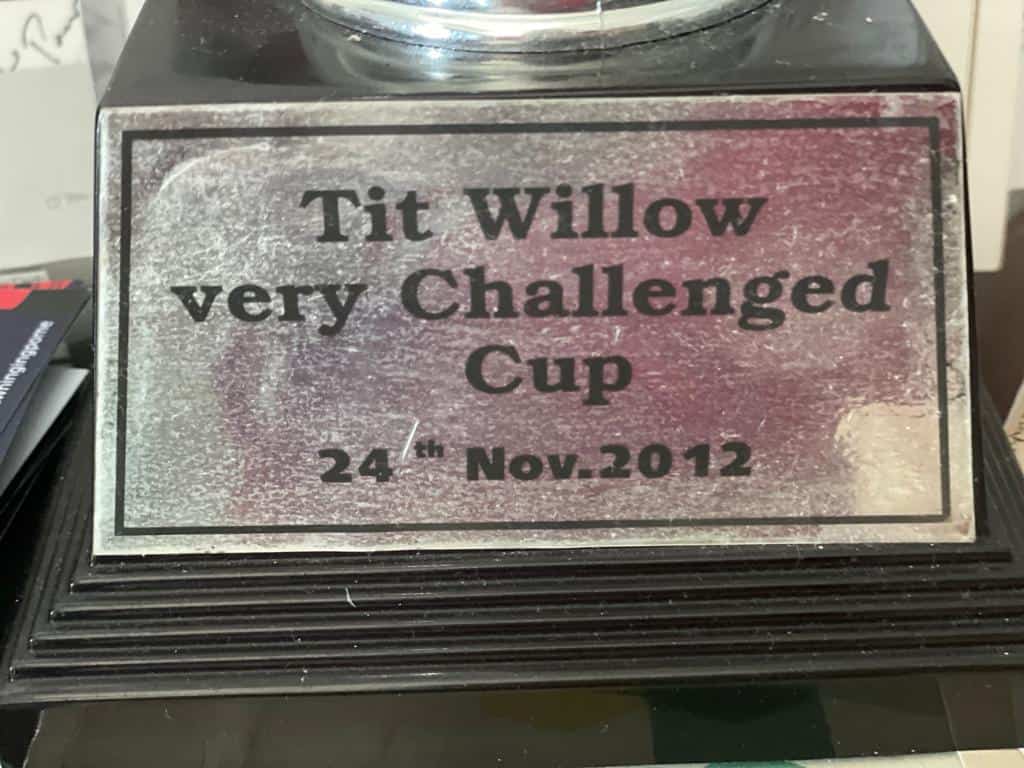
There are crocs in the lake and unintentionally I took the boat on to a rock mound where a croc was basking in the sun. The captain of the boat politely but firmly told the crew to hop off and give the boat a push. Colin, the only crew member was not amused and made some derogatory remark about the captains skill, me being the captain. I have sailed a number of times on the lake since, but not enough.
Know when to take the lead and when to make difficult decisions
The Whinging Pome’s Random Rule No 234
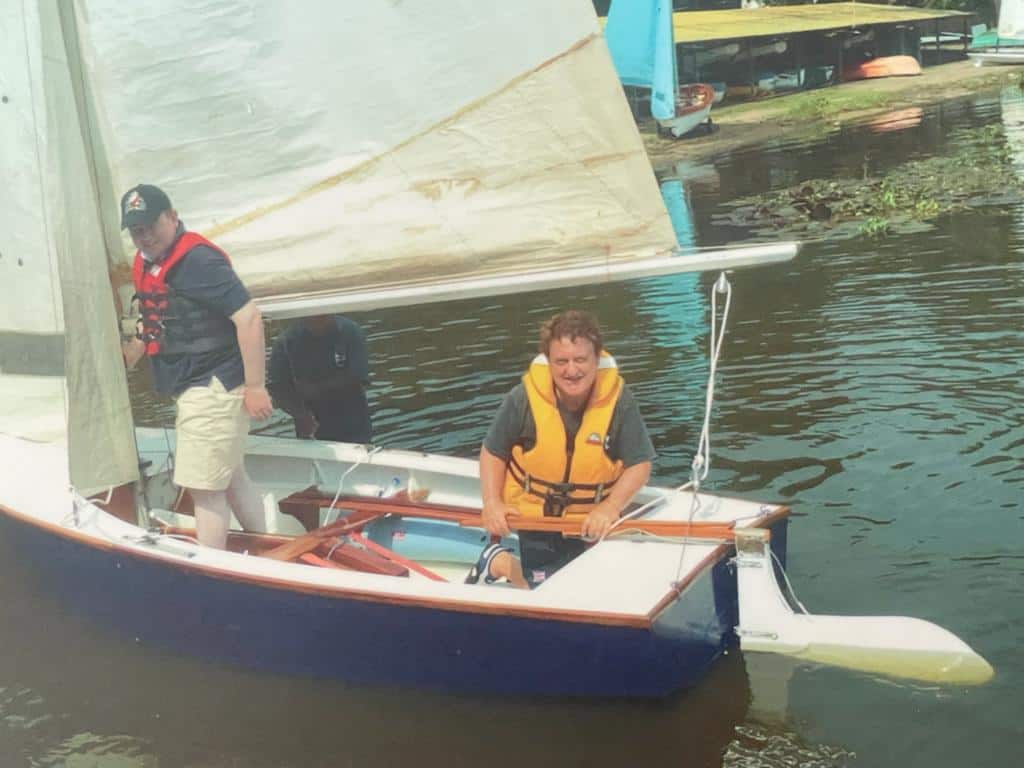
This latest foray on the lake reminds me how much I just love the peace and the tranquility of the lake as well as the beauty, bird life and the fauna and flora. Looking forward to getting out on the water regularly in 2022.
